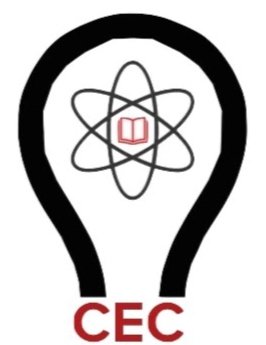The auditorium was radiating as Daniel Kammen (University of California, Berkeley) and Lauri Muranen (World Energy Council, Finland) took to the stage for the 2016 Lund Critical Debate. Both gentlemen boasted formidable resumes in the energy space and the audience was ready for a heated debate. In one corner of the ring, we had Kammen, a renewable energy expert who runs Berkeley’s Renewable and Appropriate Energy Laboratory. In the other corner, we had Muranen, a leading nuclear power advocate from a country that could produce 60 percent of its electricity using nuclear by 2025.
Those who wanted these combatants to come out swinging would have been underwhelmed – the gloves stayed on and by their sides for the most part. The two agreed that nuclear energy is an important part of the energy mix. They differed in the details of implementation and to what extent nuclear energy could be a solution to climate change.
Kammen’s primary argument centered around nuclear technology being too slow and costly in practice to tackle climate change and rising temperatures. He alluded to the $10 billion cost for new reactors, the existing 400 reactors that will retire in the coming decades, and the lackluster financial performance of these reactors. Cost overruns and risks surrounding nuclear waste have made and continue to make new nuclear reactors a hard sell for today’s politicians. Finland’s fifth reactor, for example, was proposed in the 1980s, again in the 1990s, approved in 2002, and began construction in 2005.
Kammen highlighted renewable technologies such as solar and wind as a viable solution to the world’s energy problems. Unlike nuclear, these technologies are becoming less costly and more efficient over time. He recognized the trickiest challenge renewables faces is building in energy storage given the intermittent nature of the sun and wind. He also recognized the world’s decreasing supply of lithium which will be critical to fulfilling the potential of storage. In response to this challenge, Kammen noted some companies are exploring and using different resources other than lithium to build storage systems.
Following his counterpart’s opening argument, Muranen seemed somewhat overwhelmed but managed to stay unnerved like Finland’s bedrock. He alluded to the predictable costs of nuclear and its low levelized cost of electricity. For Finland, a country with minimal irradiation and stable bedrock, nuclear provides a viable source of energy. Outside of Finland, Muranen shared an anecdote on nuclear stability in Gabon, where the remains and spent fuel of a natural nuclear reactor has not moved in one billion years. For countries less prepared to store nuclear waste, he highlighted the role of the International Atomic Energy Agency which is to exchange best practices on waste storage between regulators around the world.
Kammen emphasized that the question of nuclear storage is not if Finland can do it right – but if the world can build a system to do it right. Even with international assistance, not all countries are not as good at managing risk as the Finnish. Yucca Mountain in the United States is an example of a poorly planned and executed nuclear storage facility. It cost the government $30 billion and will likely not be used due to water flowing under the mountain.
In a moment of clear agreement, Kammen noted that one of the most attractive features of nuclear energy is the ability to standardize hardware and thus jobs. In France, for instance, a worker can move around the country and work at any nuclear reactor because every reactor has the same design. This uniform approach presents a potential opportunity for nuclear. The problem exists in that countries like the United States have taken the opposite approach and customized each reactor.
Ultimately, Kammen argued that nuclear energy will not produce enough energy quickly enough to tackle climate change and rising temperatures. Muranen seemed to agree, noting that he, “wouldn’t mind 100 percent renewables if we could do it.” These two experts see nuclear energy as a part of the energy equation. Whether it is for research, large-scale reactors, or small modular ones, it is clear that we need to tap into whatever technology we can to combat climate change.









